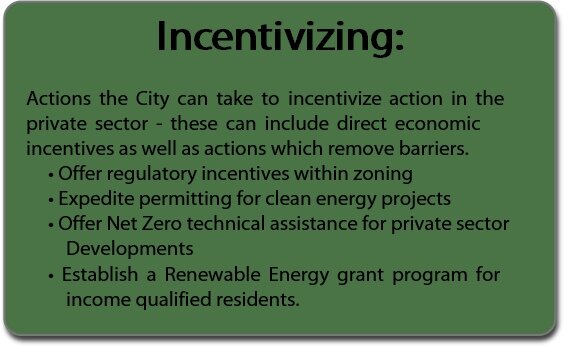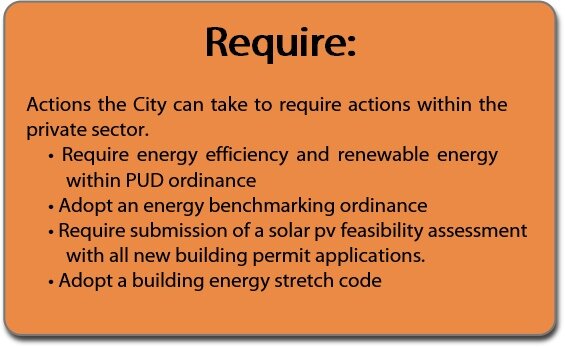“We must reduce our GHG emissions by 45% before 2030 and reach net zero emissions by 2075.”
Across the globe, cities are scaling up their collective efforts to tackle climate change. According to CDP, in 2018, over 600 Cities are actively tracking and reporting Greenhouse Gss emissions to CDP’s disclosure format and over 320 have created and implemented Climate Action Plans. It is also certain that there are countless other cities throughout the US that are also tracking greenhouse gas emissions and advancing climate action planning that are not participating in the CDP platform. There are over 10,000 mayors globally who have signed on to the Global Covenant of Mayors for Climate and Energy. Each of these communities have made commitments to address climate change.
According to C40 Cities, of the total emissions reductions needed to address climate change, Cities are capable of enacting policies to achieve at least 50%. This is without utilities supporting climate action through grid decarbonization. Cities are pursuing broad community-scale strategies focusing on land use, energy used in the building sector, transportation, infrastructure (especially paving) and embodied emissions.
Climate Mitigation vs Climate Adaptation
Climate action plans are comprehensive roadmaps that outline the specific Strategies and Actions that a city will implement to reduce greenhouse gas emissions and to address related climatic impacts. These actions fall into two broad categories: Climate Mitigation and Climate Adaptation.
Mitigation – reducing climate change – involves reducing the flow of heat-trapping greenhouse gases into the atmosphere.
Adaptation – developing ways to protect people and places by reducing their vulnerability to climate impacts.
Actions Cities Can Take To Address Climate Change
There is a wide range of potential strategies and actions available to communities implementing Climate Action Plans. Ideally, plans should address both Mitigation and Adaptation as well as targeting community-wide actions as well as actions that can be implemented at the scale of municipal government operations. According to C40 research, cities can make significant progress towards mitigating climate change by taking action across four key areas: energy supply, buildings, mobility and waste. Broadly speaking, all actions fall within four general categories: Example, Incentive, Advocacy, and Requirement.
Want to learn more about climate action strategies Cities can take? Explore paleBLUEdot’s ACTION FInder tool. The ACTION Finder tool is a robust database of over 3,000 municipal climate mitigation, climate adaptation, climate economy, and sustainability strategies and actions from across the United States.





